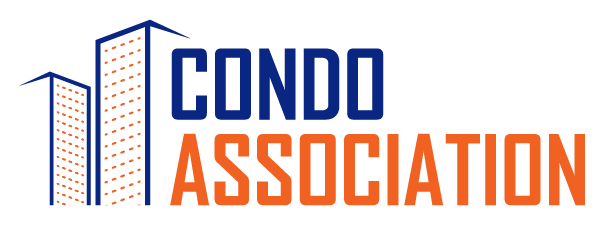You have seen your community manager inspecting the property and thought to yourself, "Gee, I hope she doesn't send me a letter of violation for installing a flag pole without prior board approval." Most homeowners and board members think about violations of policy when they hear the term "property inspection." They don't realize that when a community manager is inspecting a property, they are not just inspecting for violations of association policy.
When a community manager conducts an inspection, there is a lot more thought that goes into the process than just remembering what the governing documents dictate about pets, curb appeal, or usage.
Community Managers should develop a detailed site inspection chart for risk management and use this chart for each inspection. This chart should take into consideration what should be noted on a site inspection; all governing document requirements of a physical nature; interviews with various contractors, homeowners, and board members; board practices; rules and regulations; and insurance coverage.
That sounds like a lot of information to obtain initially, and it is, but it is information that is necessary to ensure that the association and manager are, at all times, fully aware of any potential hazards and able to take corrective measures. Also, as corrective actions occur, this chart will vary, just as it will vary as the community ages, board members change, and new risk situations arise.
By using a chart and documenting all site inspections, continually updating the chart with corrective measures, and filing this chart as a permanent record of the association, the community reduces the risk of loss, and indicates to its insurance carriers that it has a proactive means of ensuring that the community is always on the look out for potential issues, takes corrective action, and promotes the health, safety, and welfare of all who visit the community.
As an example, if a community had a clubhouse for the use of owners and guests, the following items might be considered during the weekly inspection (in addition to the owner who violated policy by working out in his street shoes!):
- Floor covering free of slip and fall hazards
- Furniture in good condition
- Kitchen area clean
- Lighting operational in all areas
- Rules and regulations posted
- Ground fault interrupter push button tested (semi-annually)
- Doors secured/all exterior door locks operational
- Exercise and weight room equipment in good repair
- Bathroom areas clean, clear, and dry
- Changing area clean and clear of debris
- Balcony area stable, wood in good condition
- All handrails secure
- Plate glass marked for protection
- Fixtures and wall mountings secure
- All exterior walking surfaces clear of debris
- All emergency lighting operational
- Smoke detectors operational
- Emergency evacuation procedures posted
- Communications systems operational
- Office area clean, clear, and secured
Community managers need to think proactively while conducting inspections; situations change daily in every community. A grate that was secure over an inlet to a water retention area one week may not be the following week due to a storm that promoted severe ground erosion. This would be an immediate corrective action item, as loss of life could occur should a child enter into that grated area.
The community manager's role while conducting routine inspections should always include continually updating the inventory of an association's risk situations; recognizing and responding to exposures to possible loss that require immediate attention, and using appropriate resources to identify an association's exposure (i.e., vendors, contractors, homeowners, board members, engineers, and insurance risk specialists); in addition to reviewing alternative risk management techniques such as risk control through exposure avoidance.
Additionally, creating and using this type of inspection chart can take phased maintenance to a whole new level for the community, allowing for long term planning by being proactive and using avoidance techniques. An example of this type of avoidance technique with long term planning might be a case where the community manager noted that balcony support beams were showing signs of deterioration; the manager brought the situation to the attention of the board through her weekly chart reporting; the board then directed the manager to have a contractor review and recommend corrective action. Because this was all brought to light in the beginning stages of the deterioration, no balconies collapsed, a long range plan was incorporated for replacement or corrective measure, the association was not financially strapped because there was no "surprise element" involved, and damage from the risk was completely avoided.
So the next time you see a community manager inspecting the property, you now know that although he or she may be writing violations of general policy, this person is also continually looking for potential hazard and safety situations to promote the welfare, ensure the safety, and possibly save the lives of the homeowners in your community.
Source: Association Times
